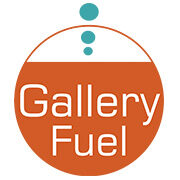Here we will look at some of the more impactful elements in digital marketing today and what your gallery might consider prioritizing in your marketing efforts.
We will discuss influencer marketing, content curation, social media, and website user experiences so you can create a powerful strategy to accomplish your gallery's marketing goals.
![]() This article is for members only.
This article is for members only.
Learn more about becoming a member and let Gallery Fuel help you master the sales and marketing strategies you need for your gallery's future.
Already a member? Login below.
Gallery Fuel
Central Virginia, USA
Email: Publisher AT GalleryFuel.com
